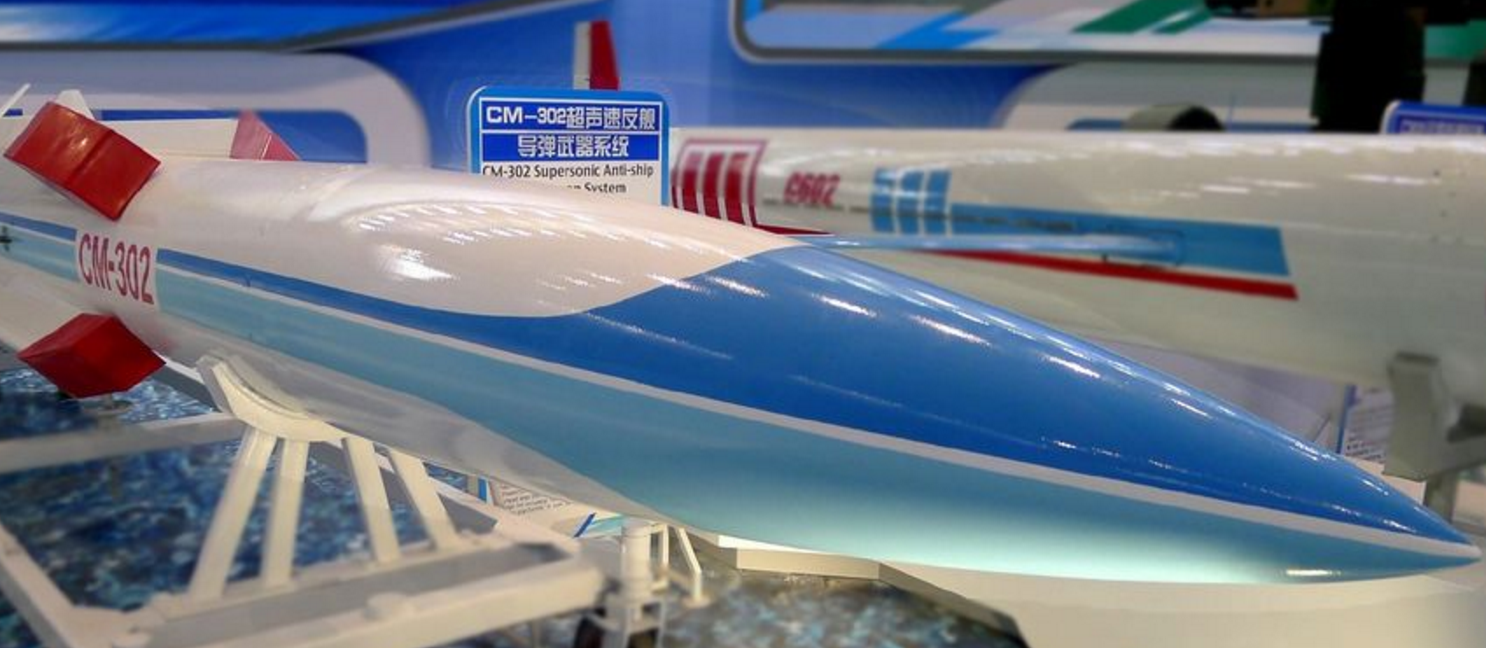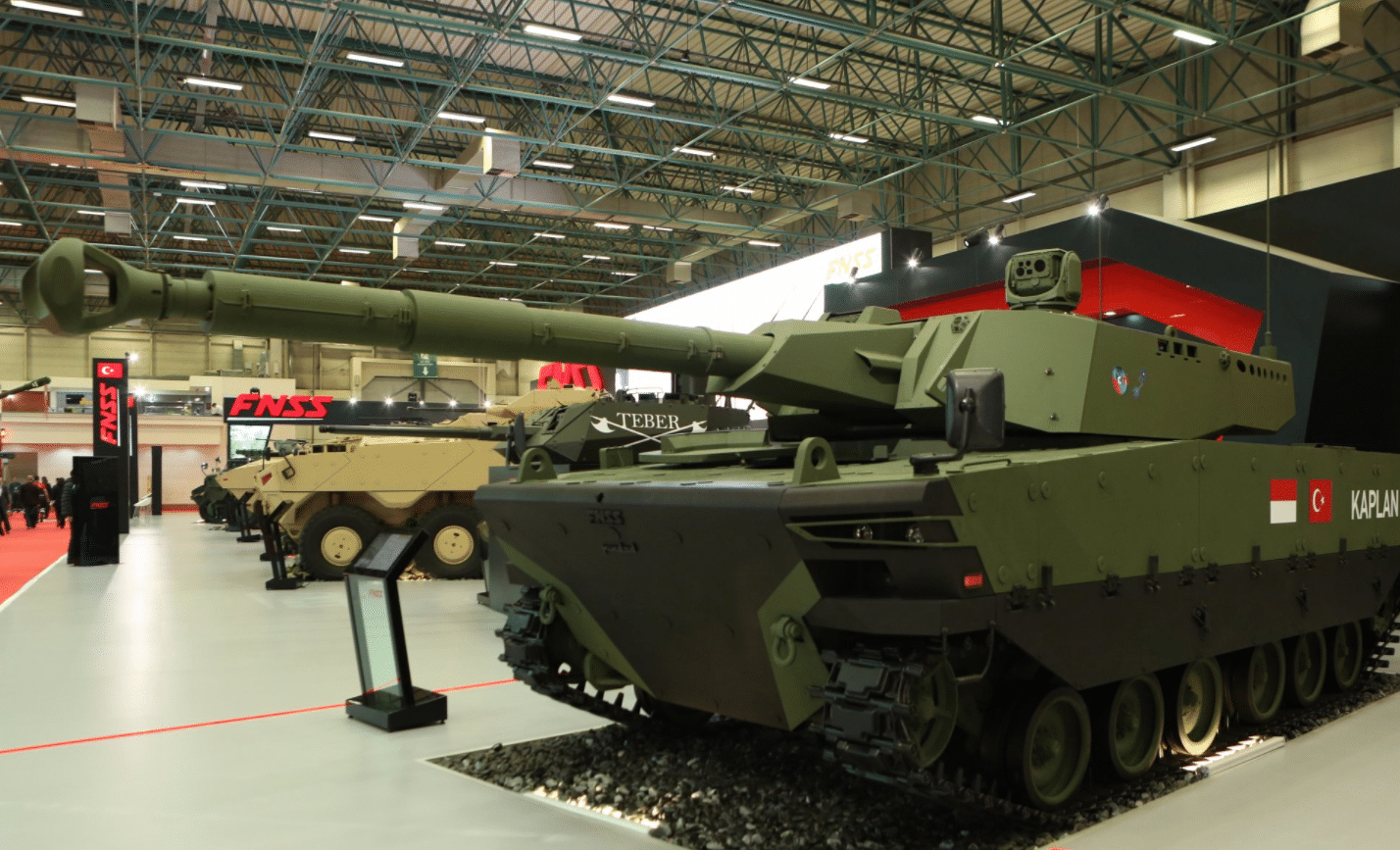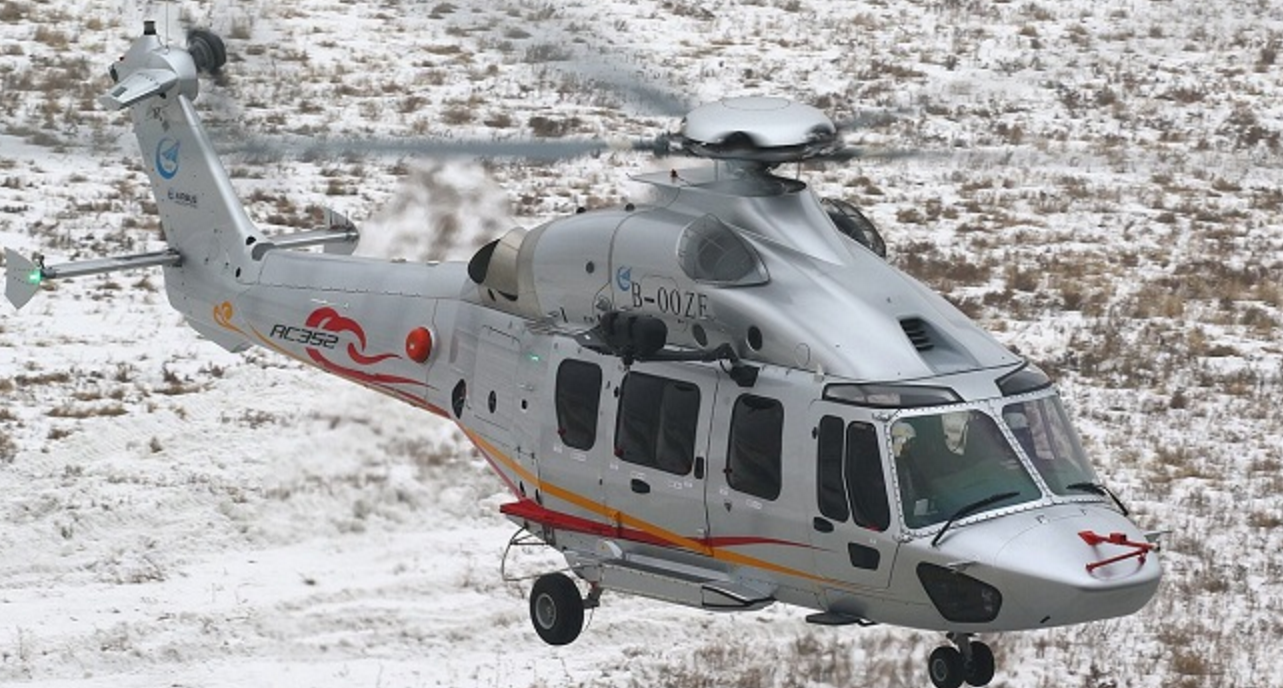2723Views 5Comments

China’s CASC announces successful missile ramjet tests
China Aerospace Science and Technology Corporation (CASC) announced that it successfully undertook two flight tests for its new solid-fuel variable flow ramjet engine.
According to CASC (via China’s state-owned Global Times), the engine will power hypersonic air-to-air missiles (AAM) as part of its next-generation air warfare arsenal to accompany China’s next-generation fighters, such as the Chengdu J-20.
Chinese analysts – such as Song Zhongping – believe China will be able to develop AAMs with ranges of up to 300 km and speeds exceeding Mach 5. This will be contingent on how well China fares in developing onboard electronics (for guidance and terminal engagement).
As per Global Times, CASC’s No. 4 Research Institute has been engaged in developing ramjet engines since 2000 – it had conducted eight tests in recent years.
Notes & Comments:
China’s near-term aspirations will center on building a counterpart to the MBDA Meteor, which is a mainstay ramjet-powered AAM with a long-range No Escape Zone (which MBDA claims is “several times” that of contemporary medium-range AAMs).
It does not seem that this solution would be ramjet-powered – the forthcoming PL-15 appears to be a development of the rocket-based PL-12. Another Chinese long-range AAM program, which surfaced thanks to photos from November of a new missile onboard the J-16, is also rocket-based, as opposed to ramjet-powered. That said, these are valuable programs, especially since they can be scaled towards the development of compact medium-to-long-range surface-to-air missiles (SAM).
China’s current portfolio of serviceable ramjet-powered missiles include anti-ship missiles, such as the CM-302, which can cruise at supersonic speed. China Aerospace Science & Industry Corporation (CASIC) marketed the CM-302 for export at Air Show China 2016, which took place in Zhuhai in November. CASC’s research will likely yield alternate solutions, but it will be worth observing if China’s pursuit for high-value exports drive CASC to create a ramjet-powered AAM in the short-to-medium term.



5 Comments
by Ali Afzal
Nice
by ali amanat
Pakistan , turkey and iran should join hands with china for the research and development of such advanced system to enhance their defensive/offensive capabilities and should prefer join venture between in the field of all military technologies especially aeronautics and electronics , optronics and laser technology specially to meet the challeges ahead these countries are going to face in future.
by MT
This is remarkable achievement for china.
It makes them 5th country after USA, Russia, France, Germany to test solid duct ramjet.
SFDR solid fuel ducted rocket as used in meteor have larger range, higher supersonic speed(early hypersonic)as compared to liquid ramjet used in brahmos.
Infact liquid ramjet is not feasible for AAM for which it’s better to use dual pulse engine.
Indian version of desi meteor is work in progress . It’s an AAM based on booster ramjet sustainable propulsion. Let’s hope if DRDL can show their first test launch of controlled ramjet, air intakes, nozzle less booster with powerful boron based propellent before 2020
The recent test of qrsam 1st version based on Astra dual pulse engine with local seeker is first jump into sophisticated, precision SAM/AAM development.
by Aga Majid
I have worked in China, off and on since 1997. I remember in early 1990s,China was a Fourth World Nation. Trains were old, industry was backward, and infrastructure was poor. But, with a degree of freedom afforded by PM Teng Tsiao Ping, China rose like a sleeping giant.Shanghai became a hub of industry and global trade. Eastern China started producing every industrial good. In 1990s a Chinese friend remarked,”One day China will be the factory to the World”.How true it is today!:The rest is history.China is moving ahead at a furious pace. 21st Century belongs to China, I have seen Chinese ingenuity, industriousness, and creativity for more than 20 years upclose. I pray what China calls its “Little Brother (Pakistan)” will follow China’s example. Every Chinese I have met considers Pakistanis as their brothers. This comes out of history. In 1950-60s,Pakistan formed a strong bond with Chairman Mao and especially with Premier Chou En Lai, who visited my home town of Lahore. Our PM Liaquat Ali Khan & our Baba Quaid-i-Azam had the vision to build bridges with China. All subsequent Govts of Pakistan have strengthened and reinforced them. We have been betrayed and backstabbed by US since 1971 War, but China has remained a steadfast friend.
by John Rue
Any thoughts about India’s booming economy and ever growing forex reserves, GDP, and growth.